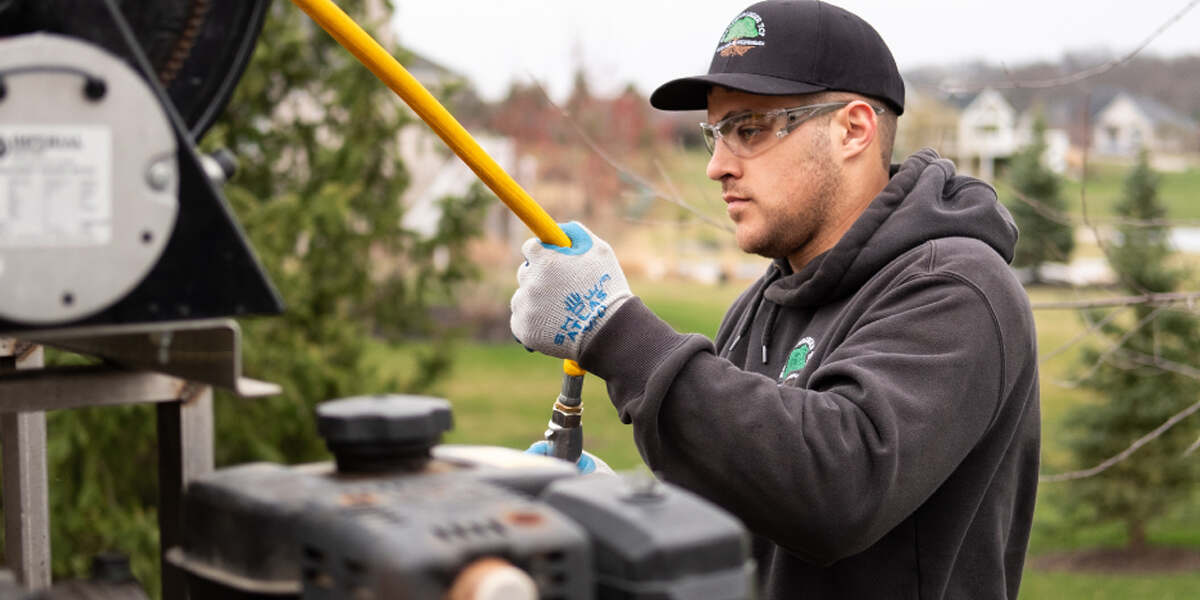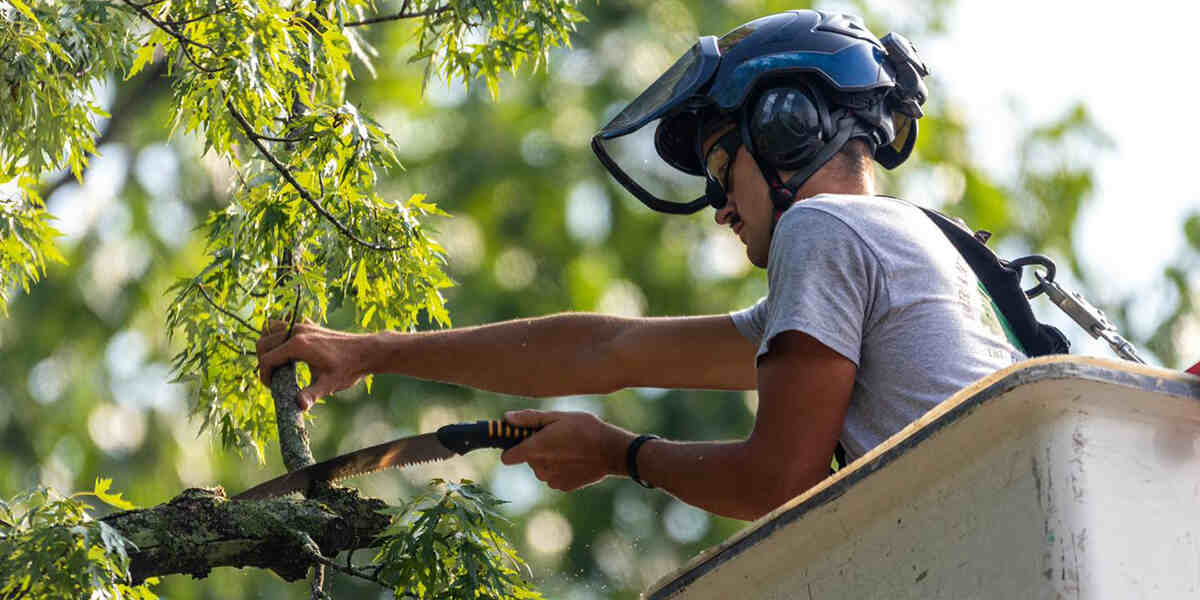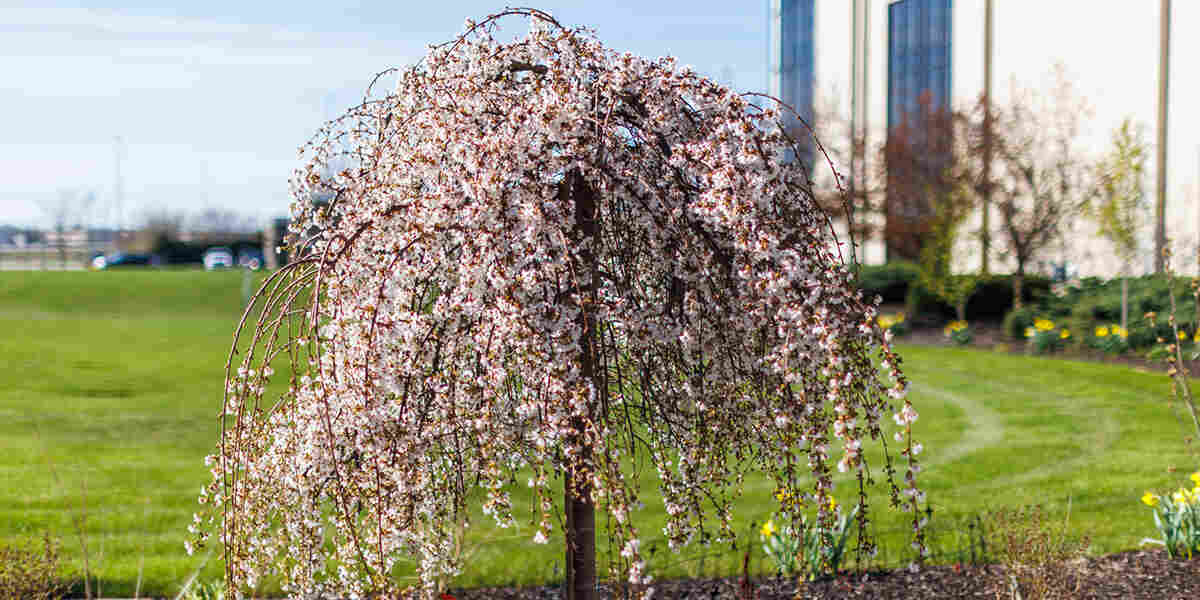A dead or dying tree is more than just an eyesore—it can be a safety hazard and also lower your property values. Hazard tree evaluations can help you stay on top of your landscaping and determine when to remove trees that pose a danger. This article from our team at Brandenberger Tree Care will cover the importance of tree risk management in enhancing property values and safety.
Contact us today to schedule tree services in Huntertown, IN!
Trees and Property Values
Trees are often seen as desirable and a boon to property values, which they mostly are. Buyers love trees because they are aesthetically pleasing and can vastly reduce energy costs by providing shade.
However, trees can also be detrimental. Diseased or dead trees that pose a falling risk are unattractive to buyers.
Moreover, dangerous trees can obstruct views, block pathways, and make your property much harder to navigate or manage. If a tree falls on your house, driveway, or fence, it could cause a lot of damage.
Scientists have also made a connection between trees and human health, especially in urban environments. The health benefits of trees on your property are another factor that can enhance resale value.
How Hazard Tree Evaluations Help
If you think that one of your trees might be a danger or detriment to property values, schedule a hazard tree evaluation. A tree technician can perform a health evaluation to identify problems that could be negatively affecting your property. For example, arborists can determine which trees are most likely to fall and cause damage or which ones have roots that might grow into utility lines.
More generally, an arborist examination can help keep your yard compliant with local ordinances. Many areas regulate the height and condition of trees on private properties, so a tree with compromised structural integrity is an eyesore and a code violation. If you ignore inspections and a dangerous tree on your property hurts someone, you could be legally liable for the damage.
What a Hazard Tree Evaluation Entails
The typical tree hazard identification assessment appointment lasts about an hour. The arborists will first visually inspect trees for signs of decay, disease, infestation, and other risk factors.
They will then measure the tree’s distance to other yard features to assess the risk of fall damage. From these data points, they can create a recommendation to keep or remove the tree.
Ideally, you should schedule a tree inspection at least once every three to five years. However, the right frequency depends on the type of tree, the tree’s age, local conditions, and risk of disease. After an evaluation, your arborist can also give you remediation strategies for keeping your trees healthy and prolonging their lifespans.
Schedule a Tree Health Assessment Today!
Don’t let an unhealthy tree negatively affect your property values or family’s safety. Contact Brandenberger Tree Care online or call today at (260) 308-5596 to schedule a hazard tree evaluation in one of the areas we serve!



